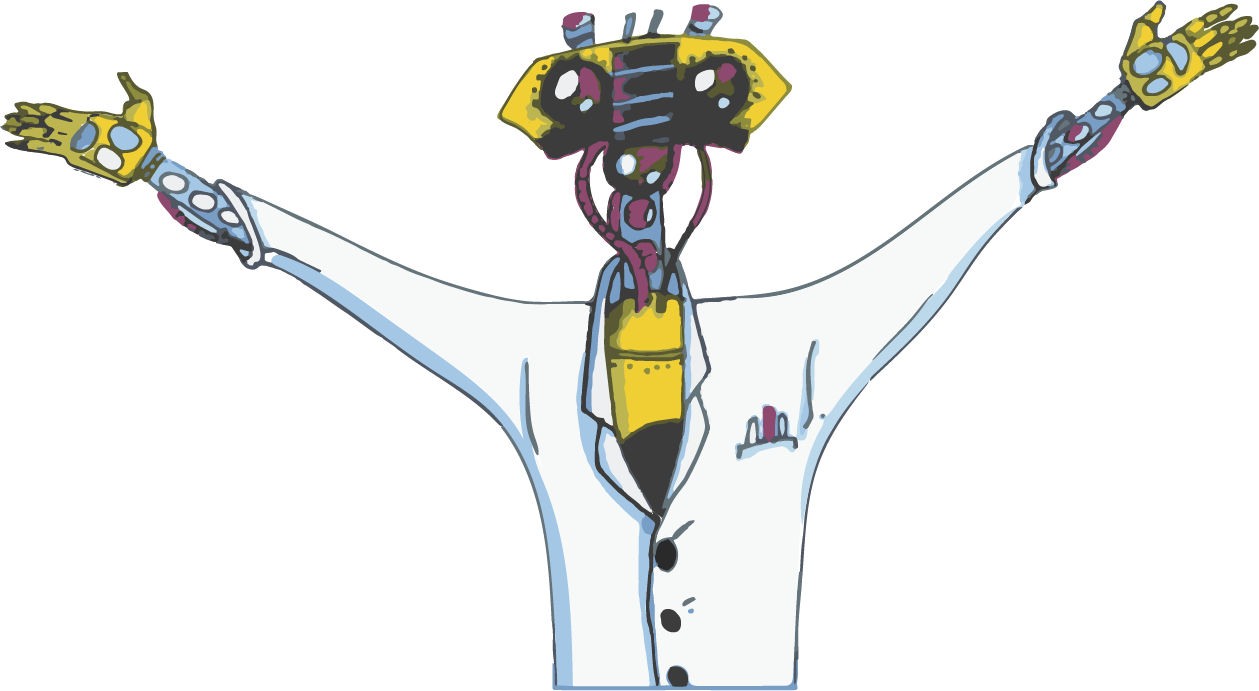Photosynthetically available radiation (PAR; 400-700 nm) is the fraction of total solar energy that is used by organisms for photosynthesis and vision. Since PAR is needed for photosynthesis, it can affect growth in primary producers, and hence is a primary control on food web productivity.
Ultraviolet A (UVA, 315-400 nm) alone can drive photosynthetic carbon fixation for microphytoplankton and some macroalgae. Low to moderate levels of UVA can enhance photosynthetic efficiency and promote DNA repair, while high levels can be inhibitory. UVA also plays a role in morphological and physiological signalling. It is not attenuated by ozone, and can penetrate as deep as 60 m in pelagic waters.
UV-B (280-315-nm) can affect organisms by damaging DNA and protein molecules. A growing number of studies indicate that UV-B irradiation at current levels can be harmful to marine organisms, and UV-B induced decreases in productivity have been reported for phytoplankton, heterotrophs and zooplankton.
Physical and chemical interactions with other drivers: PAR changes seasonally (zenith angle), and also varies with latitude (solar angle), time of day, water and/or mixed layer depth and water turbidity. Increases in UV-B levels are linked to decreases in stratospheric ozone levels, and have increased significantly over the past 10-15 years in mid-latitude regions.
